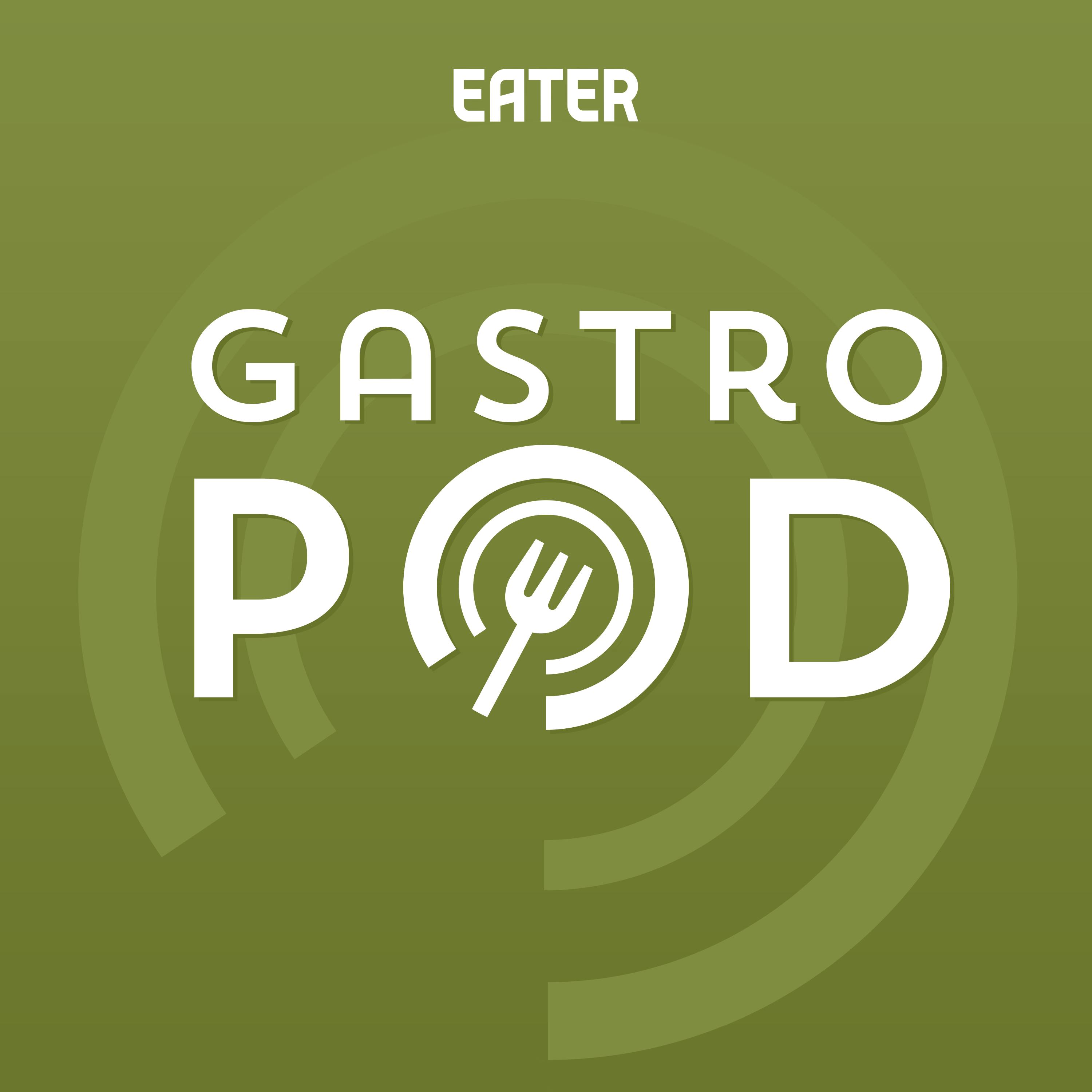Dig for Victory
Description
You’ve seen the news: vegetable seeds are selling out. All that quarantine ennui has combined with anxiety about the gaps on supermarket shelves to create a whole new population of city farmers in backyards and windowsills across America. And everyone from the Los Angeles Times to Forbes to CBS has dubbed these brand new beds of beets and broccoli "COVID-19 Victory Gardens." But what war is your pot of basil fighting? This episode, historian Anastasia Day helps us explore the history of urban gardening movements—and shatter some of the nostalgic myths about those original World War II-era Victory Gardens. One thing is true: in 1943, more than 43 percent of the fresh produce eaten by all Americans came from Victory Gardens. So, can a combination of vegetable patches, community gardens, and urban farms help feed cities today? Or is growing food in the city just a feel-good distraction from the bigger problems in our food system? And does the hype about high-tech vertical farms live up to environmental and economic reality? Listen in as farmers and activists Leah Penniman and Tepfirah Rushdan, food writer Tamar Haspel, and researchers Neil Mattson and Raychel Santo help us dig in to the science on urban agriculture, and harvest some answers—as well as a tomato or two.
More Episodes
Americans eat more shrimp than any other seafood: on average, each person in the US gobbles up close to six pounds of the cheap crustaceans every year. We can eat so many of these bug-like shellfish because they’re incredibly inexpensive, making them the stars of all-you-can-eat shrimp buffets...
Published 04/16/24
Published 04/16/24
If we at Gastropod were asked to name a perfect food, the oyster would be at the top of our list. Oysters are pretty much always our answer to the question of what we'd like to eat this evening—but are they also the answer to the slow-motion disaster of disappearing coastlines worldwide? Join us...
Published 04/02/24


